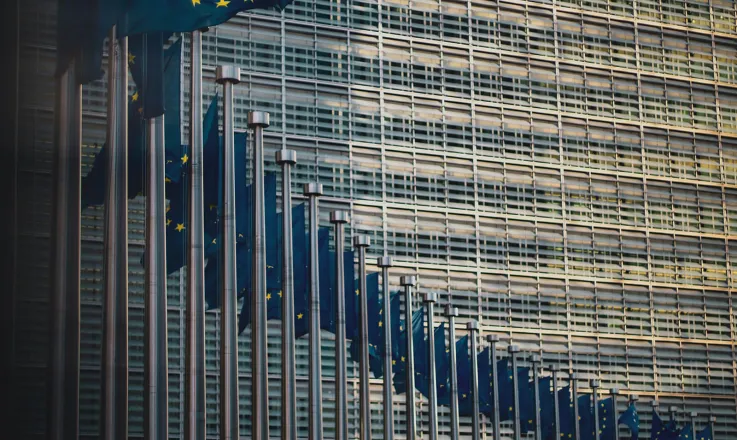Size Matters: Why Big Clients Are Turning To Smaller Digital Agencies
Big brands usually hire large firms as their agency of record. But for projects that require high efficiency with maximum impact, they often look to small digital agencies to get the job done. Here’s why.
When talking about creative digital agencies, “bigger is better” seems to remain a common view. After all, it’s usually the larger firms with the most impressive portfolios who take home most awards at the flashy annual ceremonies. Big firms have long track records serving household name brands. For them, being able to count the likes of Nike, Sony and Heineken as active clients is the measure of success.
Well-known worldwide brands often hire these big firms as their main creative agency, who in turn make a big fuss about landing such clients. However, big brands turning to smaller agencies to get things done is becoming increasingly commonplace. Especially for projects that require a more hands-on approach and a quick turnaround.
Still, the misconception of “bigger is better” prevails. Perhaps because the benefits of working with smaller agencies are not apparent, but rather learned the hard way. Perhaps one needs to have worked on several projects, for different clients and agencies to realize the benefits of working with smaller agencies.
Big benefits
To save you the trouble of finding out the hard way, we’ve drafted this article to offer some insight into our own experience of working with both clients and agencies throughout the years. These are some of the recurring benefits of working with smaller agencies that stood out.
Quality time
Large firms generate huge revenues. Unless you’re Samsung or Adidas, you’re not going to contribute a significant part of that revenue. Small shops serve fewer clients, each substantially contributing to the firm’s revenue. They are simply more motivated to see their clients succeed, because they are more invested in their business.
Some agencies even remain small by choice, as it opens up the privilege of getting to hand-pick their clients. These agencies don’t necessarily need to service you - they want to. The best creative digital agencies get to say no a lot, so that they can commit to the clients they accept. They are looking to offer real relationships as agency partners.
Small teams, big ideas
Most brilliant ideas come from small teams. For creative digital agencies, the quality of work correlates with their ability to innovate new approaches and adapt to changing needs. This is simply much harder to achieve with a huge staff and bloated overhead. The more people involved in a project, the bigger the chances are that simple, elegant ideas get turned into lengthy projects that lose their focus and miss the mark.
With more people involved in a project, personal responsibility drops to zero. Nobody in their right mind is going to own responsibility for a project that depends on too many people and when things do go south, there’s always someone else left to blame. The best results are obtained by small teams who stand for what they deliver.
Niche and specialization
Small or boutique agencies cannot afford to go full-service, so they specialize. By concentrating their efforts on certain services or market niches, smaller outfits are able to perform specific types of work really well. Combined with an ability to adapt and innovate quicker than larger full-service agencies, they are able to outperform the competition.
Even large agencies agree. We are seeing large network agencies acquiring small boutique agencies almost on a daily basis. And more often than not, these newly acquired firms aren’t even (fully) rebranded by the parent company in order to maintain the emphasis on their nimble and personal, hands-on approach.
Catfish: the agency
Remember that all-star team of tech-savvy creatives presented to you during the agency pitch? They were supposed to be working on your project, but as it turns out they only provide direction to the lower-level staff assigned to do the actual work.
Talent too is attracted to large firms because of their impressive portfolios. Whereas senior workers get to work for an agency’s most important clients, junior staff usually starts out working on smaller, less significant clients to prove their worth. As a client, ask yourself - and your agency - who you’re going to end up working with.
Game, set and match
Perhaps the most important takeaway from this article is finding the right match. Clients should be looking for real relationships with their digital agency partners by finding the right match in terms of size, past projects and specialties.
Projects should be comprehensible instead of all-encompassing and not aimed at ticking all the boxes, just the right ones. The right digital agency will be able to make a huge impact, while offering a long lasting partnership.
_

